Birthe Piontek has always used art as a way to explore how we choose to identify ourselves. This includes various photographic series that describe the transitional periods of adolescence or how we change our environment in order to explore ideas of who we might become. That’s because Piontek sees photography as one way we reassure ourselves of our existence; after all, photographs are simply representations of our original self. Her ongoing series, “Mimesis,” goes deeper into this train of thought by reinterpreting found photographs.
Piontek describes the early stages of her work process as a time when she sees things through a blurred vision. She relies on her feelings during this period since it’s easier for her to follow than outlining a clear objective. Beginning “Mimesis” was no different.
“I start working and every image I create is like a stepping stone for the path toward the final project, including a lot of detours and dead ends,” she wrote via email.
For “Mimesis,” she knew that she wanted to approach the idea of portraiture and identity in a different way and also wanted to “challenge and expand my own process a bit.” Part of that focused on the most basic concepts of photography.
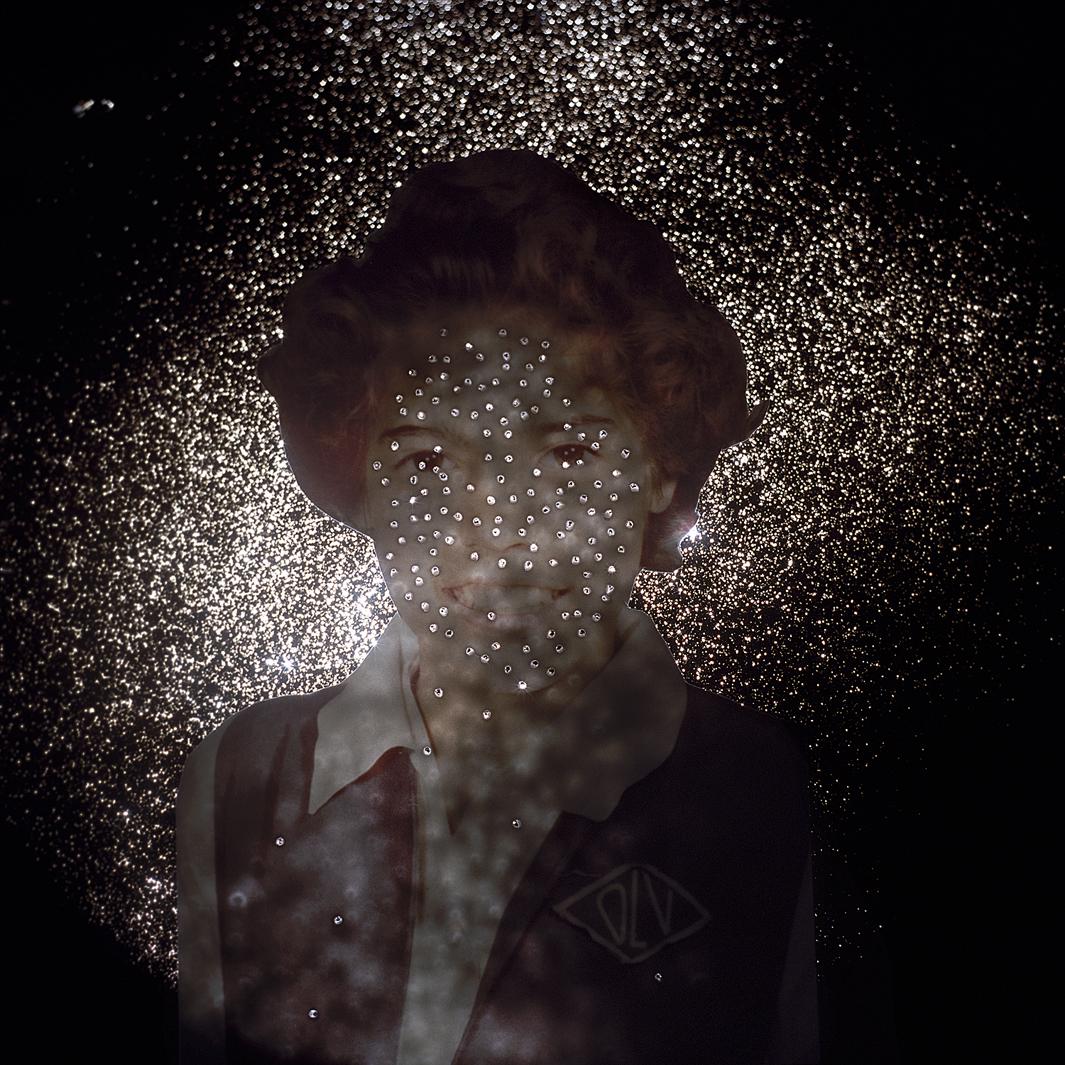
Birthe Piontek
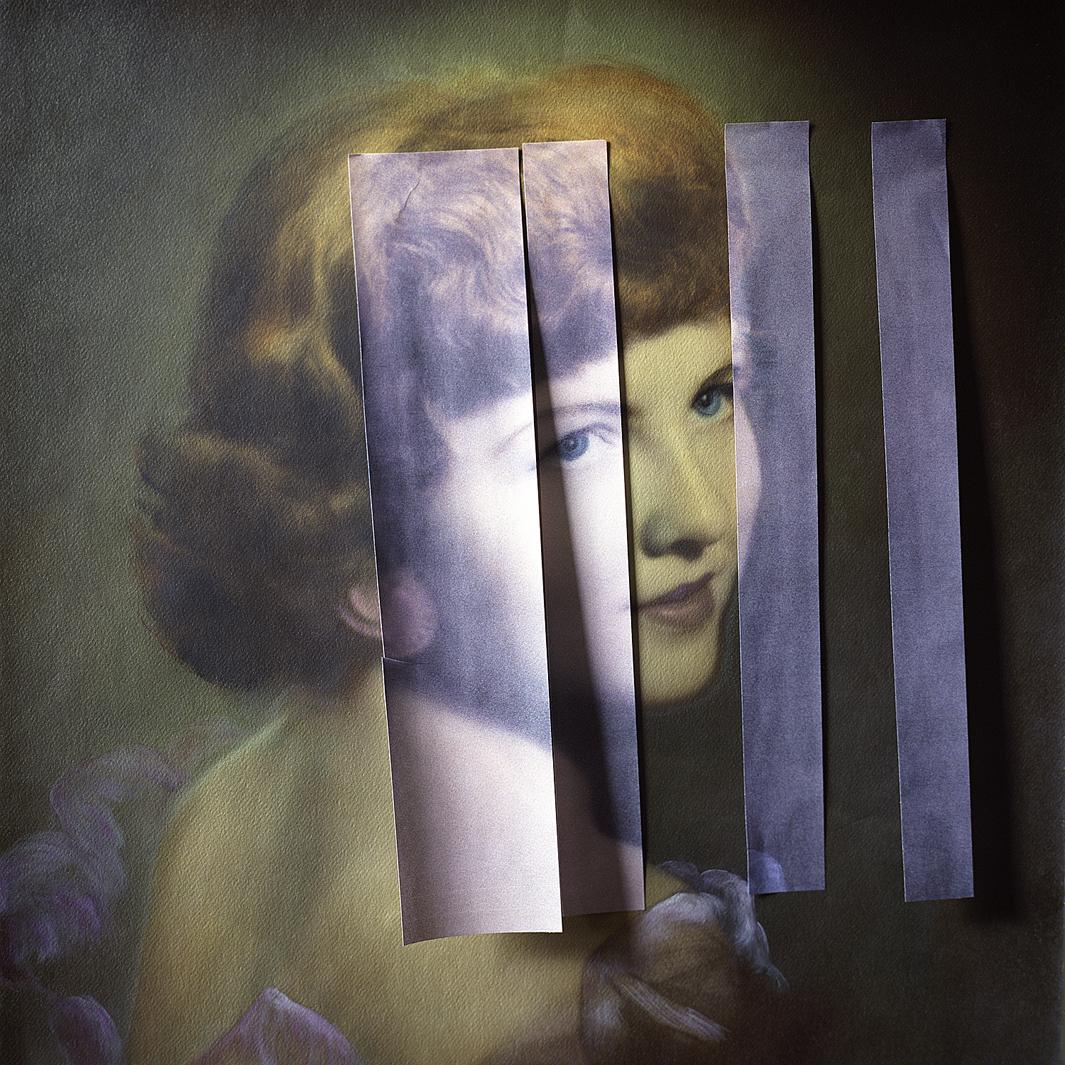
Birthe Piontek
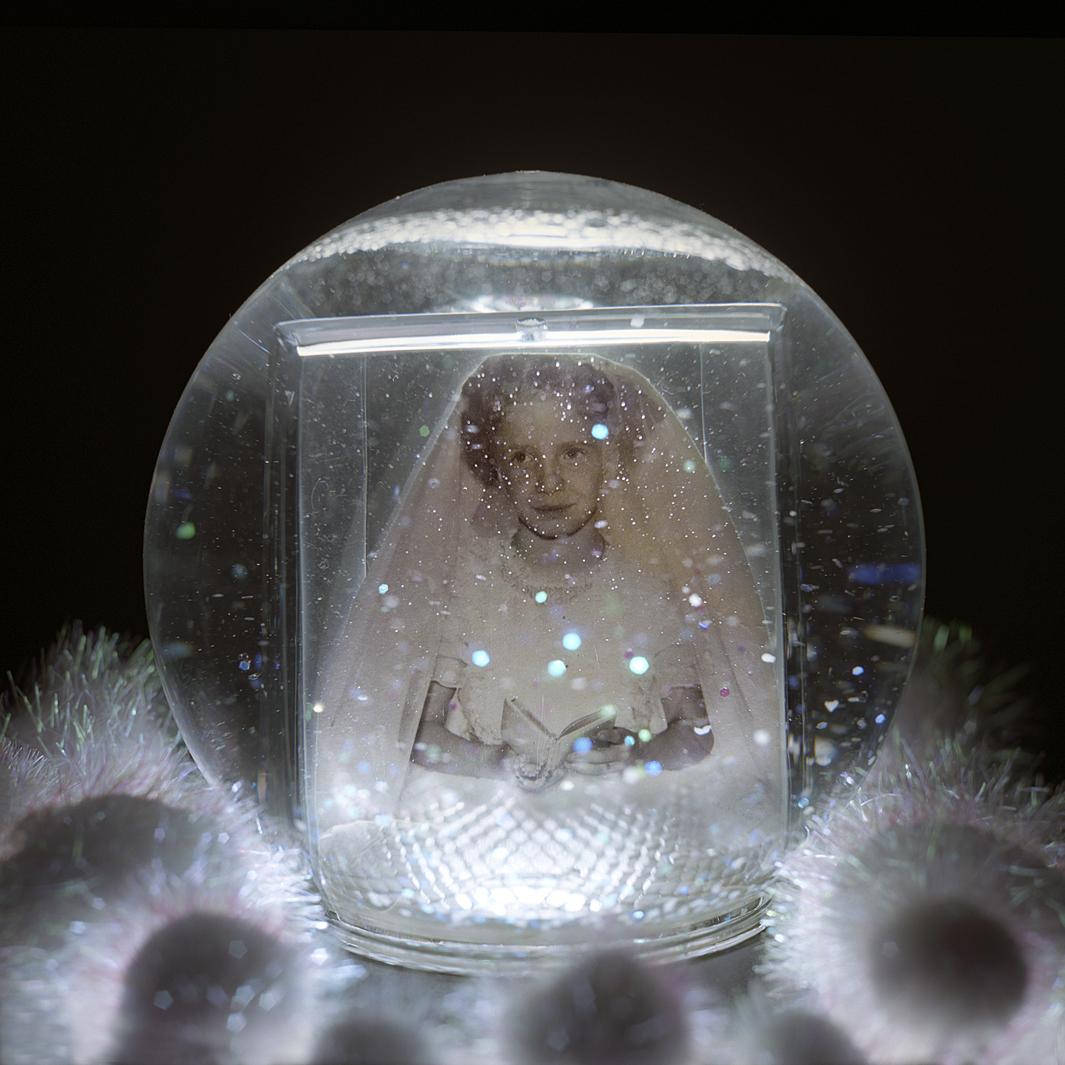
Birthe Piontek
“I asked myself how much I am actually able to tell something about a person in a photograph,” she wrote. “I started to think a lot more about the ‘power’ of an image, about the relationship between the original and a copy and I was wondering if a photograph really was only some sort of a copy of reality or if it could be its own original.”
She also wanted to work with found images instead of her own photographs, knowing that she would eventually make them her own.
“Over the course of this process, the found object that might have felt foreign in the beginning, now feels familiar and becomes part of me and my world.”
In order to “get to know” the image, Piontek shies away from digital manipulation. Instead, she works with materials including glass, ink, and fabric. The results are basically installations, which she then photographs.
“When I see the end result I don’t see a found image, I see an image that I created which now has my handwriting on it.”
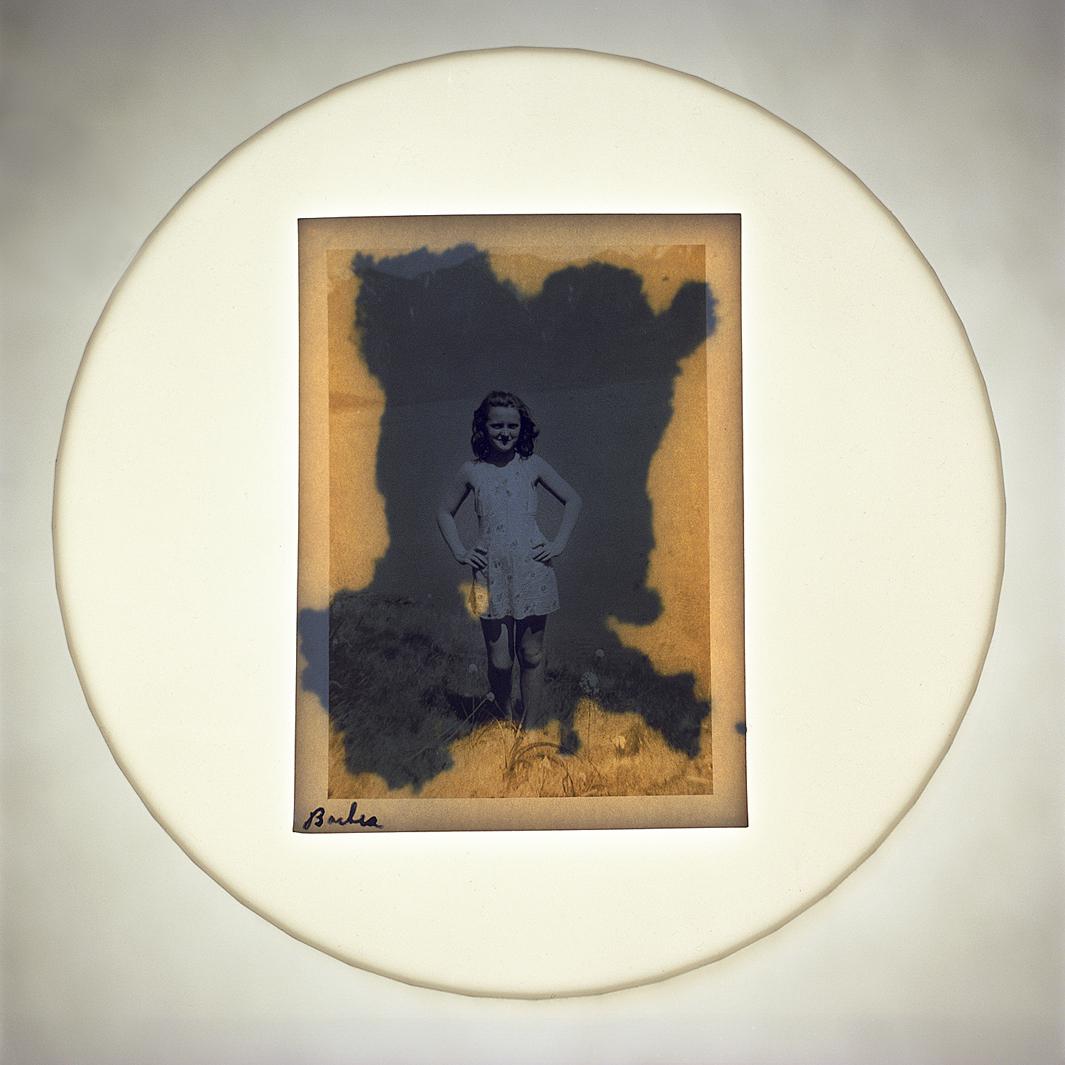
Birthe Piontek
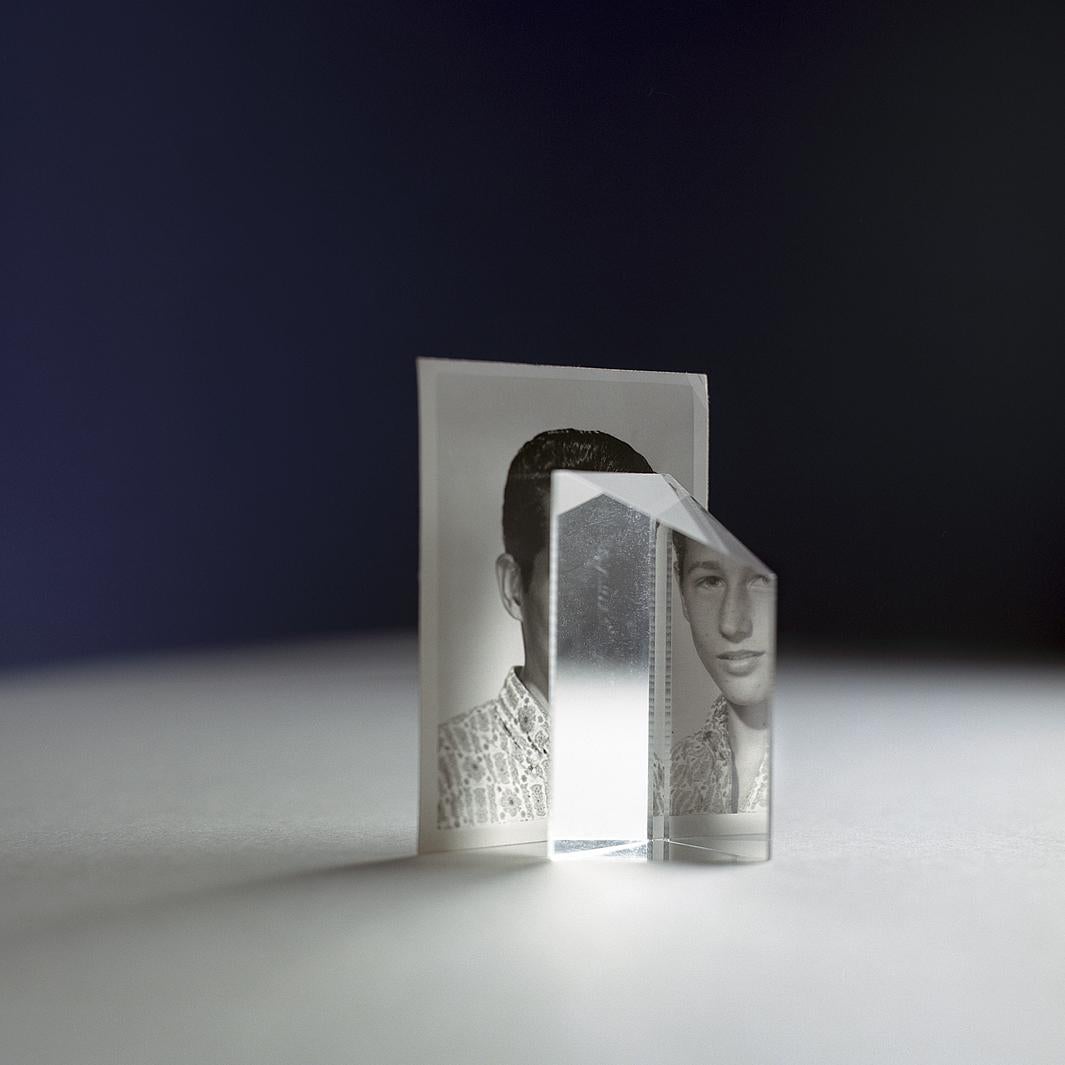
Birthe Piontek
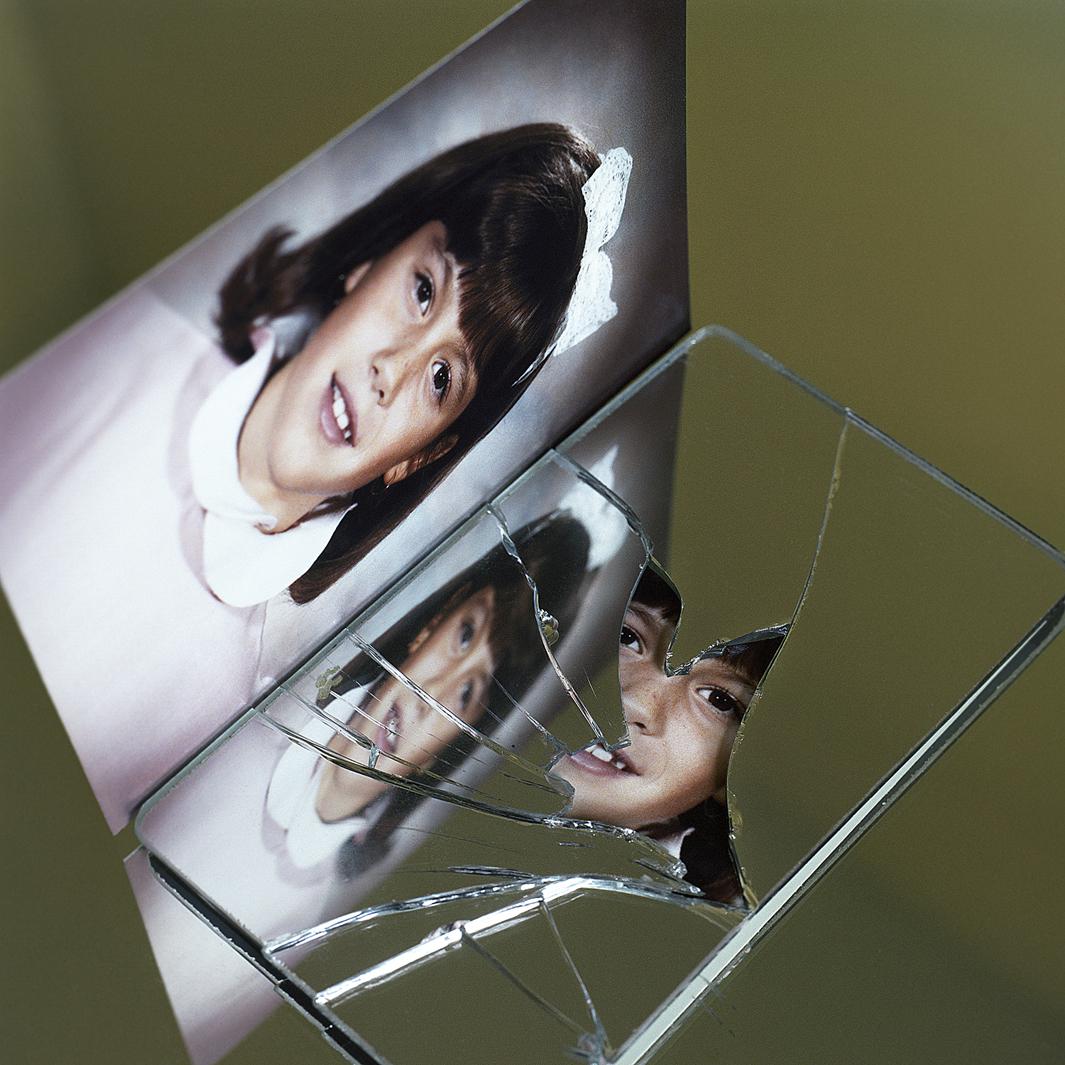
Birthe Piontek

Birthe Piontek
